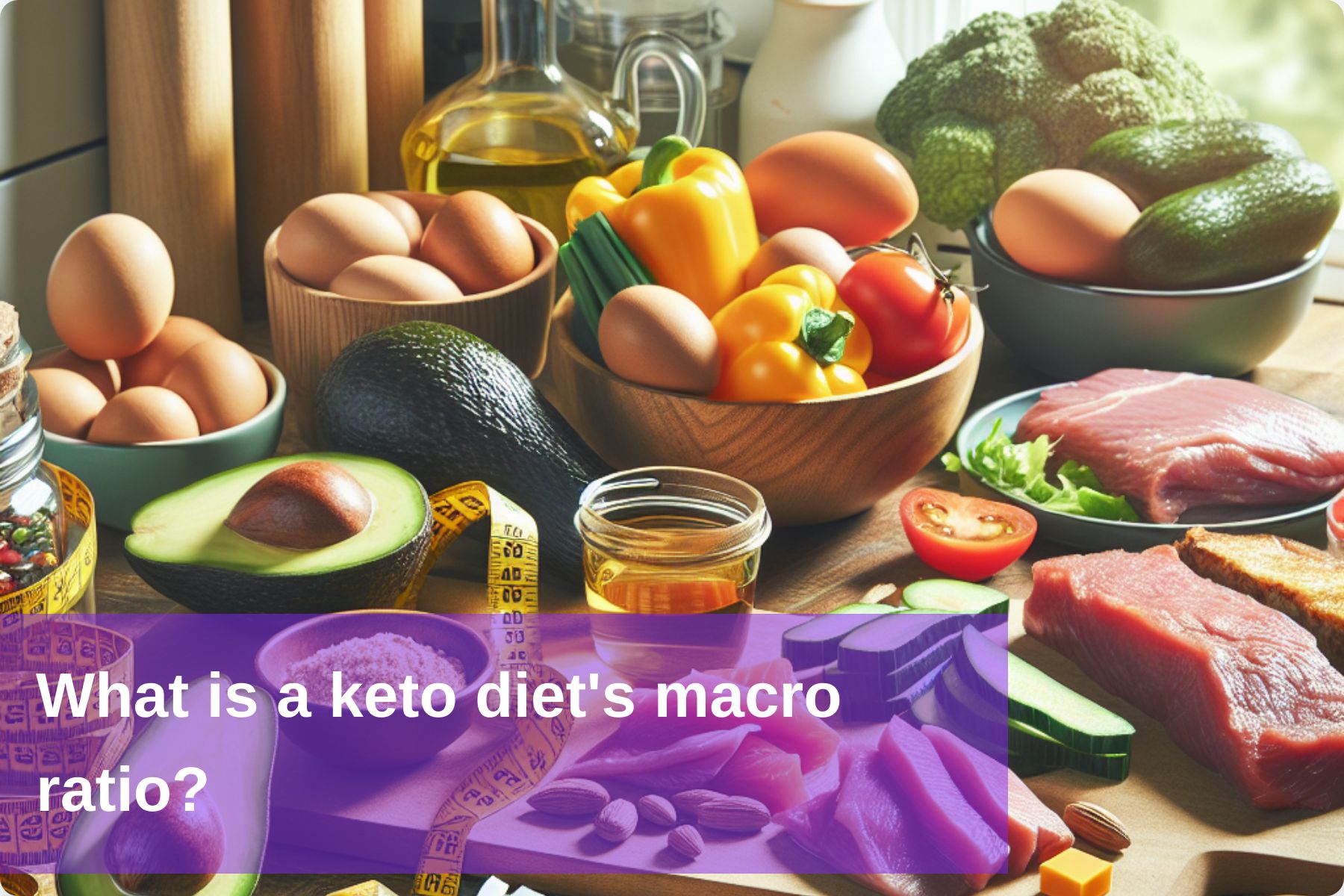
What is a keto diet's macro ratio?
The keto diet has exploded in popularity thanks to its potential to accelerate fat burning and improve markers of health. At its core, keto centers around strategic balancing of macronutrients - carbs, protein, fat - to transform how your body makes energy. Understanding these ratios unlocks the real power of keto living.
In simple terms, keto severely limits carbs, typically to just 5-10% of total calories. This forces your body to enter ketosis - when it flips from burning carbs for fuel to torching your fat stores instead. This shift happens by tweaking the ratios of macros in your diet.
By slashing carbs dramatically, your liver starts churning out ketones - molecules that replace carbs as brain fuel and energy source for other cells. Adding moderate protein intake, around 20-25%, plus bumping up healthy fats to meet 70-75% of calories completes the unique macro formula of keto diets.
In our exploration here, we’ll break down the key rules that make keto work its magic. We’ll see why properly balancing your macros is essential for reaching and sticking with ketosis. Let’s unlock the science dictating those keto macro ratios and how they reshape your body’s fuel flow for success!

Understanding Macronutrients
To grasp the essence of the keto diet's macro ratios, it's crucial to understand the three main macronutrients – protein, fat, and carbohydrates – and their roles in our bodies.
Proteins are the building blocks of life, playing a vital role in the growth, repair, and maintenance of tissues. In the context of the keto diet, moderate protein intake is recommended to prevent excess protein from converting into glucose, which could hinder ketosis.
Fats, often misunderstood, are essential for various bodily functions. They serve as a concentrated source of energy, aid in nutrient absorption, and contribute to the health of our cells and hormones. In the keto diet, embracing healthy fats is fundamental, as they become the primary energy source in the absence of carbohydrates.
Carbohydrates, while a quick source of energy, are restricted in the keto diet to induce ketosis. This limitation forces the body to rely on fats for fuel. By keeping carb intake low, the body shifts from a glucose-centric to a fat-centric energy production system, enhancing fat burning for weight loss.
Balancing these macronutrients is the key to a healthy diet. The keto macro ratio optimizes this balance, ensuring that each nutrient contributes to overall well-being. As we explore further, we'll uncover how this balance is achieved and why it's crucial for the success of the keto diet.
The Key Principles of the Keto Diet
To fully grasp the keto diet's effectiveness, let's delve into its key principles, each playing a crucial role in achieving the desired metabolic state of ketosis.
- Carb Restriction: Central to the keto diet is a substantial reduction in carbohydrate intake. By limiting carbs to 5-10% of daily caloric intake, the body is forced to seek alternative fuel sources, initiating the production of ketones from stored fats.
- Increased Fat Intake: Embracing a higher fat intake is a distinctive feature of the keto diet. Consuming fats in the range of 70-75% of daily calories is essential for providing sustained energy, promoting satiety, and fueling the body during the absence of carbohydrates.
- Moderate Protein Consumption: While protein is crucial for bodily functions, the keto diet emphasizes moderation in protein intake (around 20-25% of daily calories). This prevents excess protein from converting into glucose, ensuring that the body remains in a state of ketosis.
These principles work in harmony to shift the body's metabolic state, encouraging the utilization of fats as the primary energy source. Carb restriction initiates the process, increased fat intake sustains energy levels, and moderate protein consumption maintains a delicate balance for optimal results.
Understanding and adhering to these principles are fundamental to the success of the keto diet. As we proceed, we'll unravel the specific macro ratios that embody these principles and their profound impact on our health and well-being.
Decoding the Keto Macro Ratio
Now, let's unravel the specifics of the keto macro ratio, the heart of the ketogenic approach, defining the ideal percentages for fat, protein, and carbohydrates.
- Fat: In a well-formulated keto diet, fats should constitute approximately 70-75% of your daily caloric intake. This may include healthy fats like avocados, olive oil, nuts, and fatty fish. These fats become the primary energy source, sustaining you throughout the day and facilitating the metabolic shift into ketosis.
- Protein: Moderation is key when it comes to protein intake on the keto diet, making up around 20-25% of daily calories. Opt for high-quality protein sources such as lean meats, eggs, and dairy to support muscle maintenance and overall bodily functions. Striking the right balance ensures that protein consumption doesn't impede ketosis.
- Carbohydrates: Restricting carbohydrates is fundamental to the keto diet, typically allowing for only 5-10% of daily caloric intake. Focus on low-carb vegetables, nuts, and seeds to meet this quota. This restriction is pivotal in prompting the body to burn stored fats for energy, leading to the desired state of ketosis.
It's essential to note that individual variations exist. Factors such as activity levels, metabolism, and personal health goals can influence the ideal macro ratio. Some may find slight adjustments more suitable, emphasizing the need for a personalized approach to achieve the desired results.
Decoding the keto macro ratio involves more than percentages; it's about understanding how these ratios interact within your unique physiology. As we proceed, we'll explore the practical aspects of implementing and customizing this macro ratio for a sustainable and effective keto journey.

Balancing nutrition
Mastering the keto diet's macro ratios is the cornerstone of a successful and effective ketogenic journey. Let's recap the key takeaways.
Balancing Act: The keto diet's efficacy lies in the delicate balance of macronutrients – fats, proteins, and carbohydrates. Achieving the recommended macro ratios of 70-75% fat, 20-25% protein, and 5-10% carbohydrates is pivotal for triggering and sustaining the metabolic state of ketosis.
Metabolic Transformation: By restricting carbohydrates, the body undergoes a remarkable transformation. It shifts from relying on glucose for energy to burning stored fats, leading to the production of ketones. This metabolic adaptation is the essence of the keto diet's success in weight loss and overall health improvement.
Individual Variations: While the macro ratios serve as a general guideline, individual variations exist. Factors such as activity levels, metabolism, and health goals necessitate personalized adjustments. Understanding your body's unique needs ensures a tailored approach for optimal results.
Sustainability and Success: Maintaining the right macro ratio is not just a short-term strategy but a long-term commitment. Consistency is key in reaping the full benefits of the keto diet. Embracing a lifestyle that aligns with the recommended macro ratios fosters sustainability and ensures lasting success.
In essence, the keto macro ratio is not a rigid prescription but a flexible framework that empowers individuals to take charge of their health. As you embark on your keto journey, remember that the key to success lies in understanding, implementing, and personalizing these macro ratios. Here's to a healthy, balanced, and keto-fueled lifestyle!
This Blog post is an initiative by Lo! Foods, to provide accurate and Nutritionist / Doctor approved information related to Health. Lo! Foods is India's leading brand for Everyday Functional Foods. Foods designed for specific Health conditions or Needs. Lo! Foods also runs India's largest range of Low Carb Healthy Cloud Kitchens, under the brand names of Lo!, ProteinChef, ATH (All Things Healthy) and DiabeSmart.



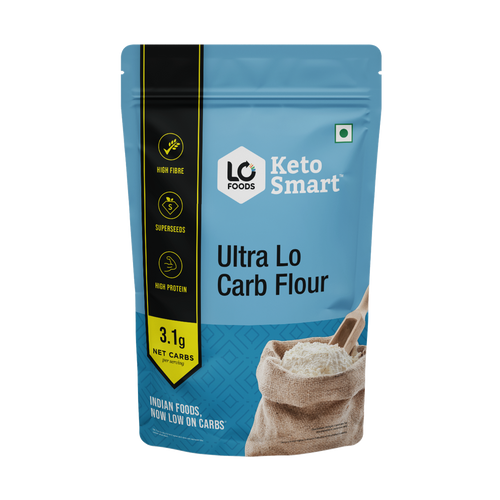








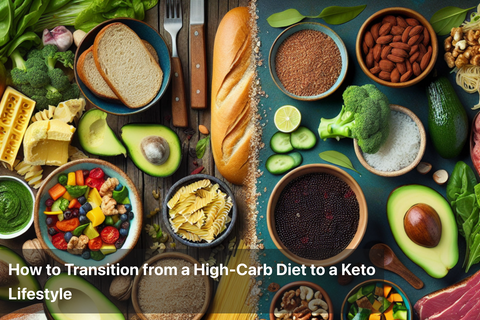
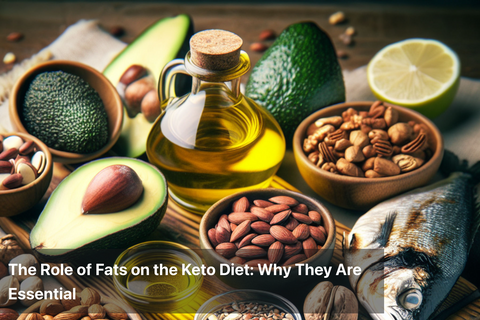
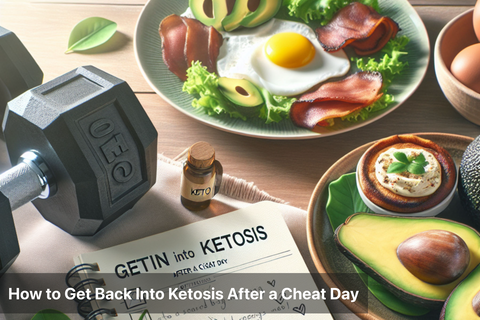
Leave a comment
Your email address will not be published.